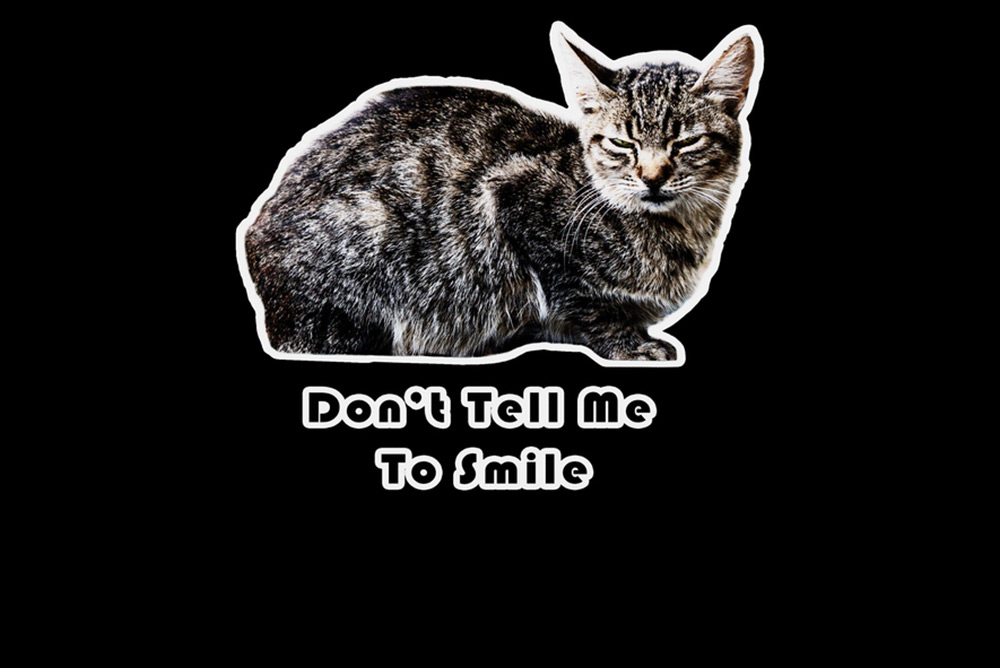
iStock
By Mary Carpenter
“SOCIOPATHS can progress through emotional development…learn the social emotions [like] an emotional learning disability,” author Patric Gagne of the memoir Sociopath told NPR. On a journey to comprehend her own challenges, Gagne clarifies sociopathy for lay readers while explaining herself to friends and therapists. Sociopath appeared on last week’s New York Times Hardcover Nonfiction bestseller list—and was sold out recently at DC’s Politics & Prose bookstore.
Criticisms of the book include the author’s use of the term “sociopath,” rather than the official DSM classification of anti-social personality disorder (ASPD)—a choice Gagne said she made because ASPD is unfamiliar to most people, as it was to her when first struggling to understand herself. In addition, Gagne wishes to differentiate her diagnosis from others that fall under ASPD, such as psychopathy and borderline personality disorder (BPD). (Critics also note the author’s claim to have a Ph.D. in clinical psychology rather than her actual PsyD, a professional but non-academic degree.)
“Where are sociopaths supposed to go for help?” Gagne has asked since early childhood as she sought to understand her problems. She wrote her book to help other sociopaths, she says, after her own frustrations, notably at failing to find the term “sociopath” in reference books and dictionaries. Since the 1976 publication of a textbook on psychopaths that conflated that diagnosis with sociopathy, “researchers and clinicians have used them interchangeably,” she writes—becoming more complicated when, as part of a trend of changing diagnostic terms to avoid stigma, the DSM re-classified both conditions as ASPD.
“I gained my first understanding of sociopaths from pop culture, which portrays us as singularly dangerous and threatening, our flat emotional state and lack of remorse making us unfit for normal life,” she wrote in a New York Times “Modern Love” column. “It wasn’t until I began my research in graduate school that I learned sociopaths exist along a wide spectrum, like many people with psychiatric disorders.” Falling in love was the key to Gagne’s conclusion that she could not be a psychopath.
That psychopaths have differences in brain structure and function, Gagne notes, is the important distinction between the two conditions—because treatment can help sociopaths but cannot affect psychopathic behavior. In a 2017 study of prisoners diagnosed with psychopathy, brain imaging showed reduced connections between the part of the brain responsible for sentiments such as empathy and guilt, and the amygdala, which mediates fear and anxiety. Noted University of Wisconsin psychiatrist Michael Koenigs, “Those two structures in the brain, which are believed to regulate emotion and social behavior, seem to not be communicating as they should.”
Borderline personality disorder (BPD), also classed as an ASPD, differs from sociopathy in the motivations for their behaviors, Gagne writes—as personified in one of her friends. While Gagne’s risky behavior is spurred by a need to relieve inner pressures, her friend becomes impulsive and hysterically emotional to attract attention from others, to find reassurance that she is loved. “Borderline” refers to symptoms thought to be “on the border” between neurosis and psychosis that can include anxiety, paranoid thinking and anger.
What’s most important about sociopaths, in Gagne’s opinion, is that they can learn what she calls “social emotions—love, empathy, even jealousy.” Before she started learning those, though, she blames the pressures that built up inside her on apathy—when “the brain cannot access or interpret feelings.” That pressure led her to dangerous and destructive “antisocial behavior,” mostly creeping into other people’s houses and stealing, as efforts to produce any feeling at all.
In addition to helping other sociopaths, Gagne wants everyone to try harder to understand the condition—and to stop blaming sociopaths for their differences, even when those lead to risky or destructive behaviors. She makes the comparison to people with OCD, who are not criticized or stigmatized for repetitive actions such as excessive handwashing.
“People hate sociopaths for not having empathy and compassion…but who has empathy or compassion for them?” writes Gagne. After she becomes a therapist who works with sociopaths, she asks, “How can anyone be expected to master a learned emotion they never get to experience for themselves? These were human beings deserving of serious clinical attention. Instead they were treated with malevolence and exiled.”
While Gagne’s portrayal of sociopaths was illuminating, I agree with criticisms of the inaccuracies—not in her credentials, but with others, such as the statistic that sociopaths make up five percent of the population—while the most oft-cited number is one to five percent, and that is for all ASPDs. But Gagne’s relief in finding the label of sociopathy, which helped her feel less odd and alone, has similarities to my own reactions when I first read about introverts. Learning about their need for downtime—in contrast to extroverts who recharge by spending time with other people—I thought, aha, that’s me. I’m an introvert.
—Mary Carpenter regularly reports on topical subjects in health and medicine.

Thanks for all you do in raising self (mental) health awareness and ending on a personalized note- the focus on the important piece of information – finding that you are not alone in your struggles and that others can and do have information that might be helpful for your own self understanding.
Really interesting, Mary. I didn’t really understand what “sociopath” means, and thought it was identical to psychopath.
Thank you